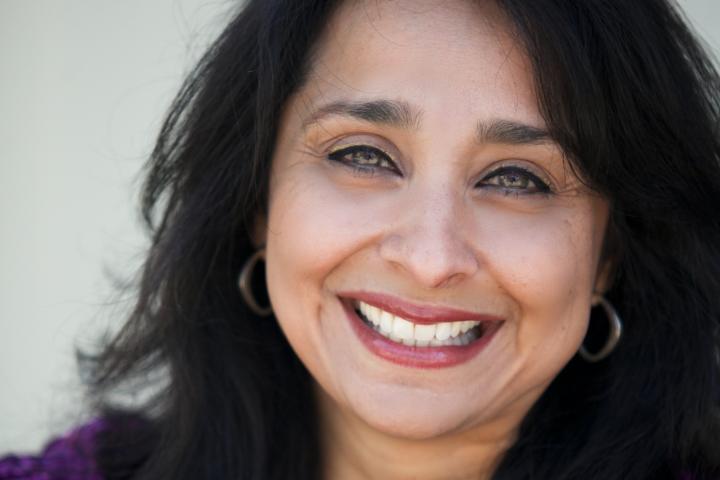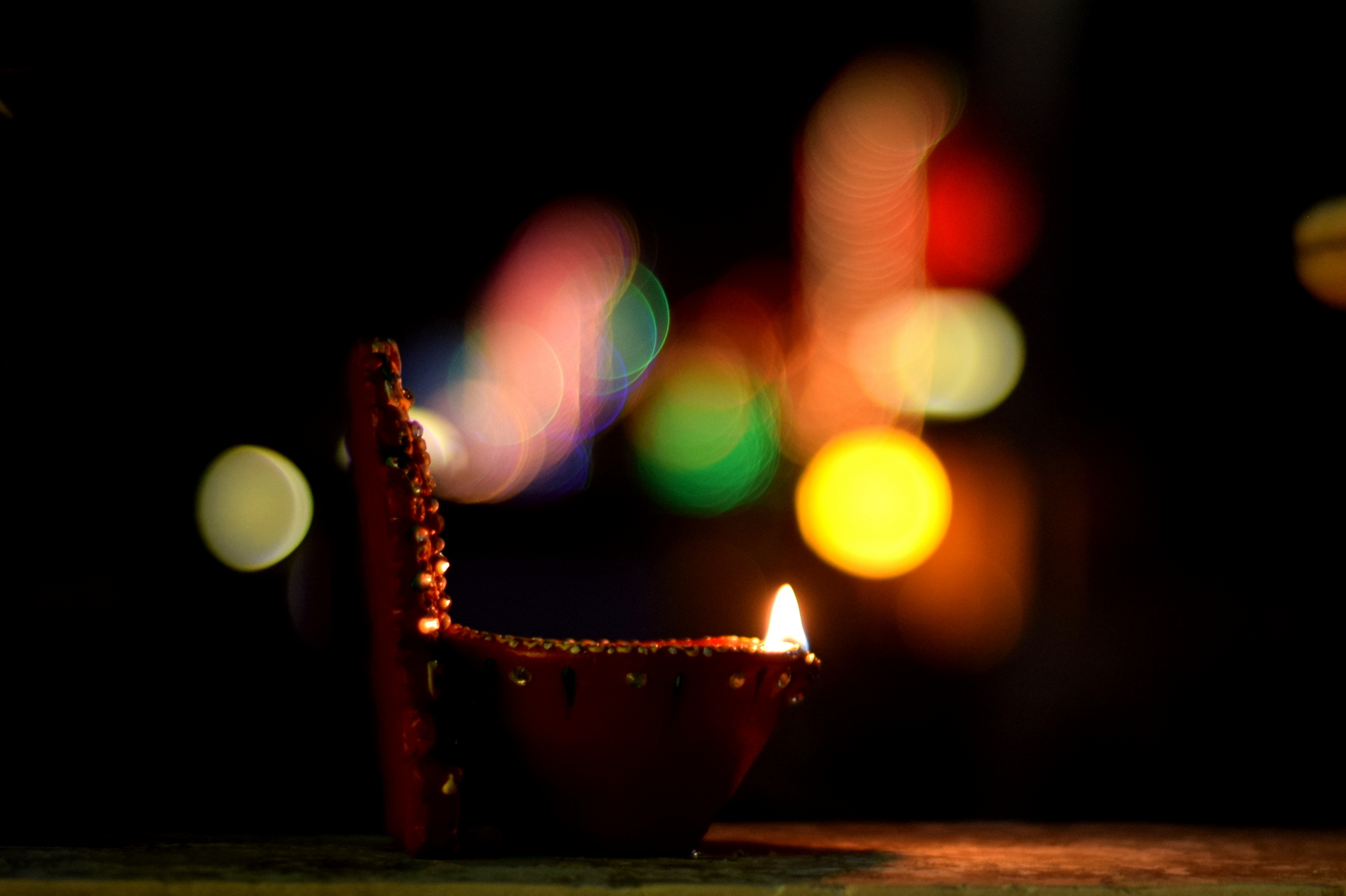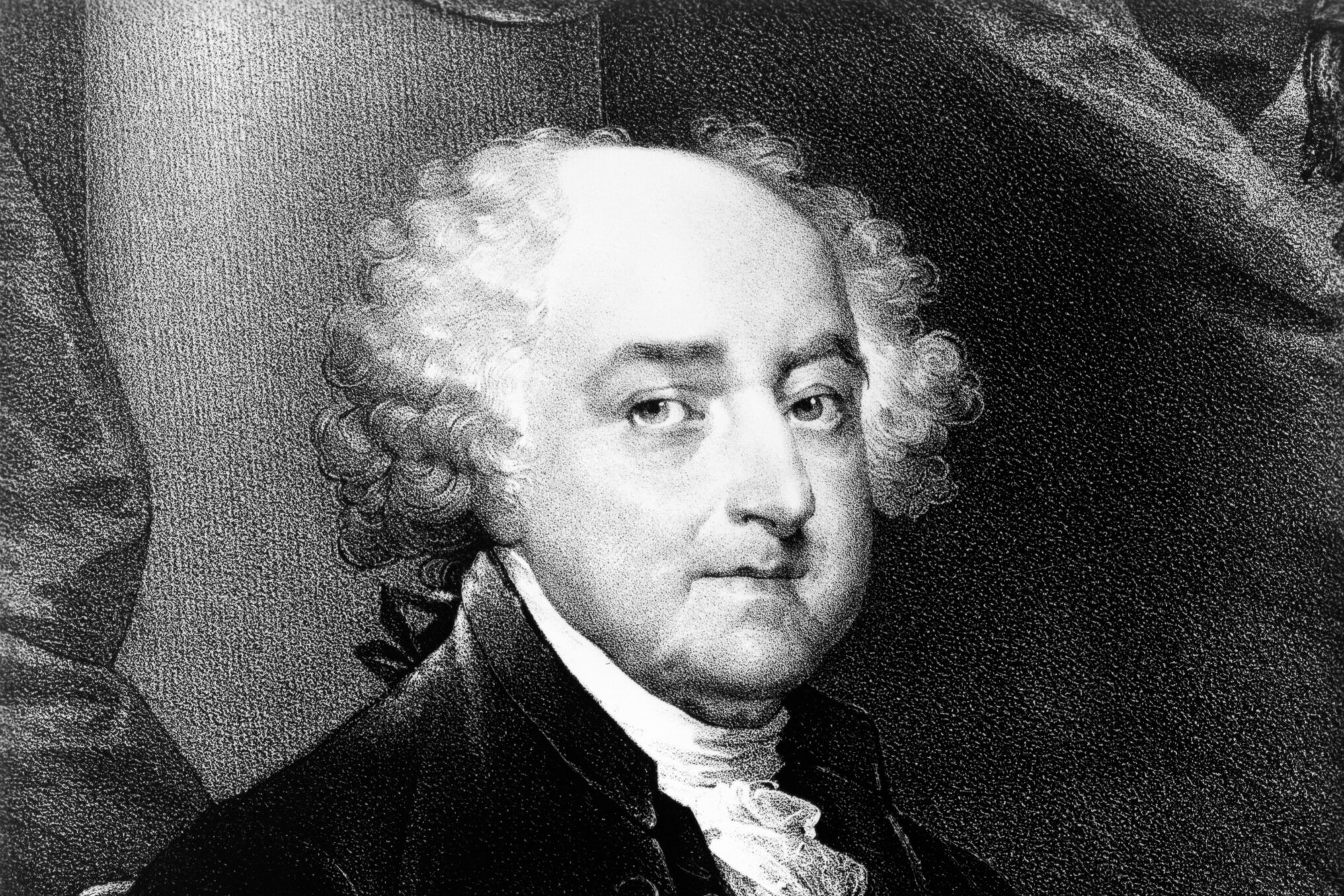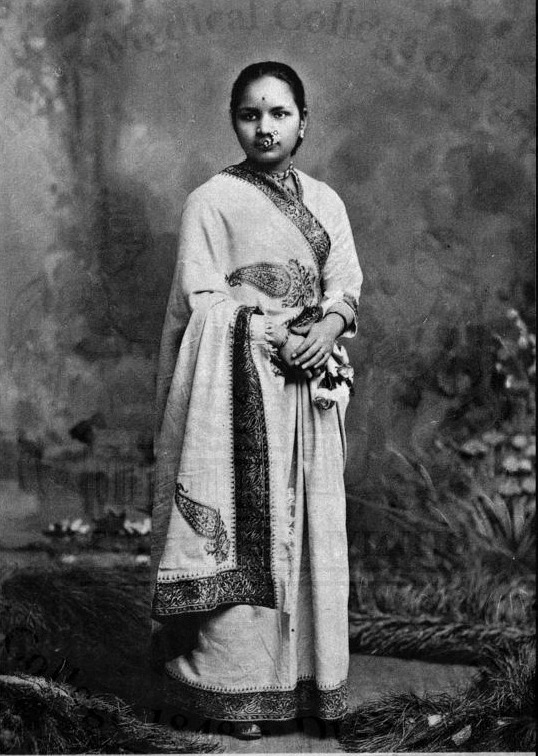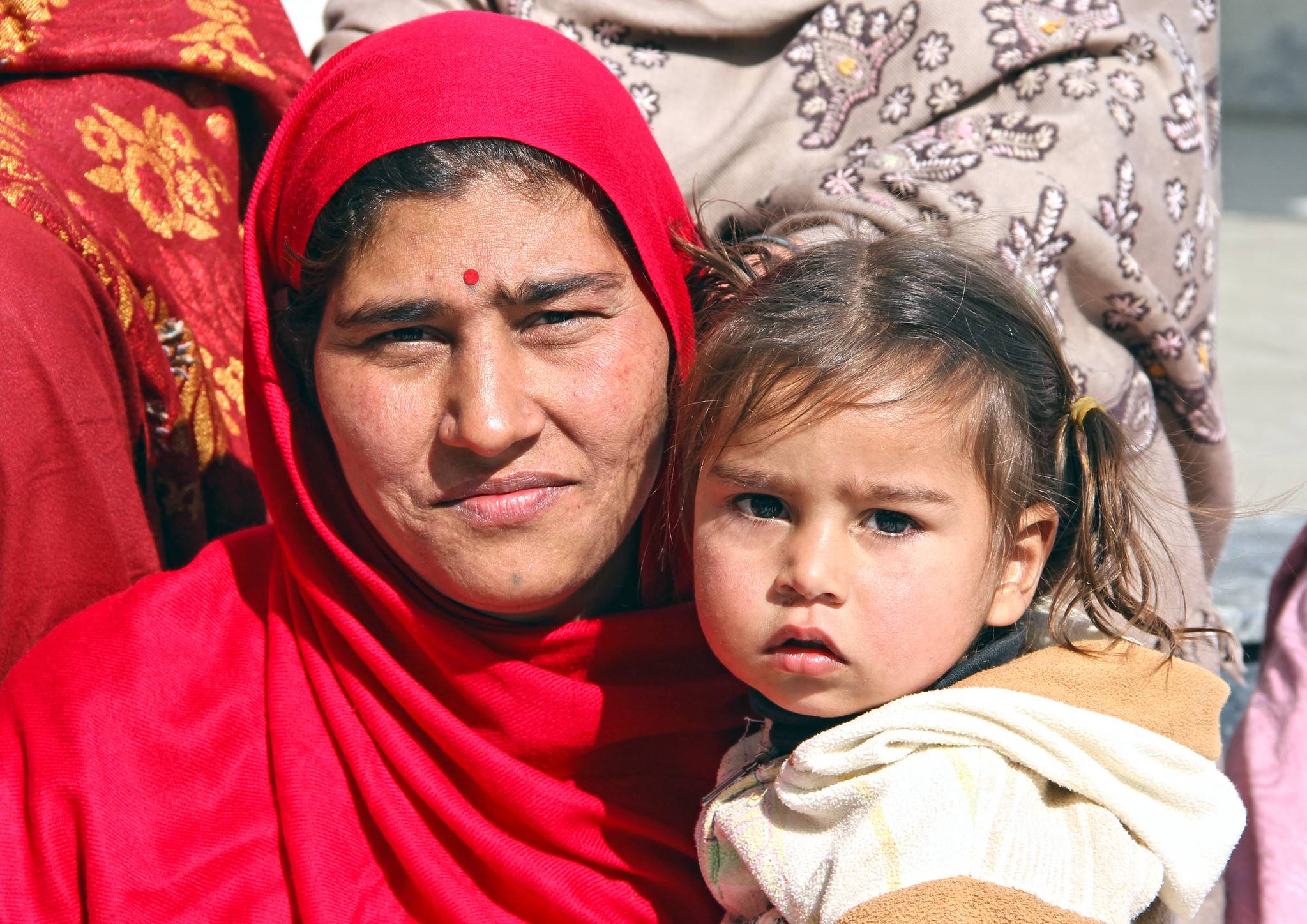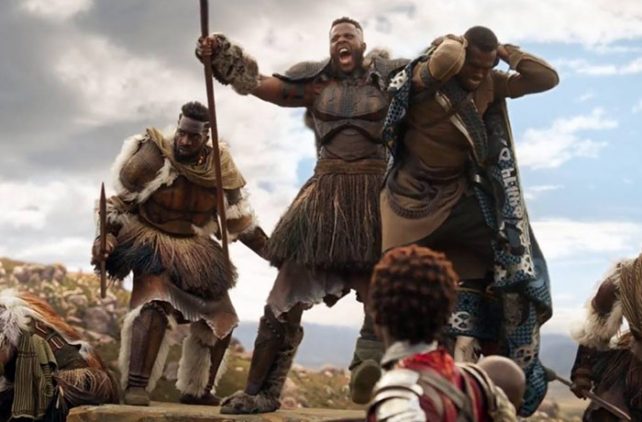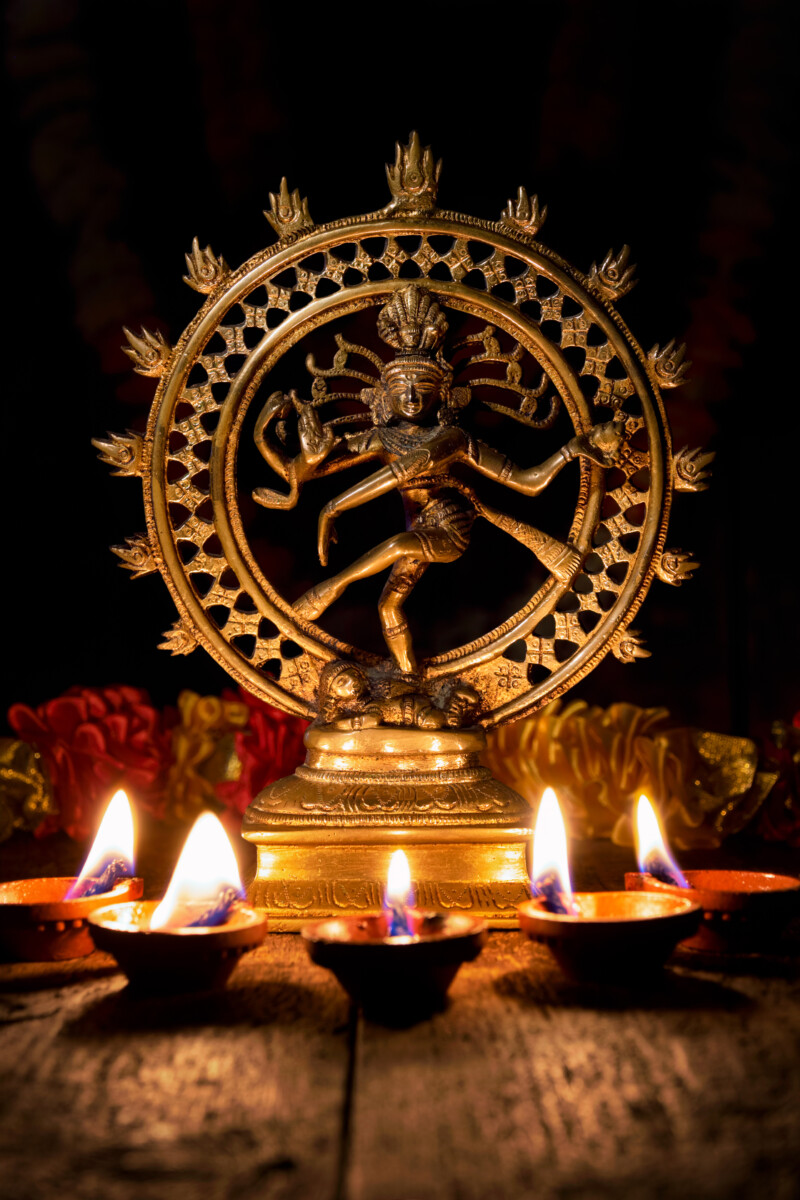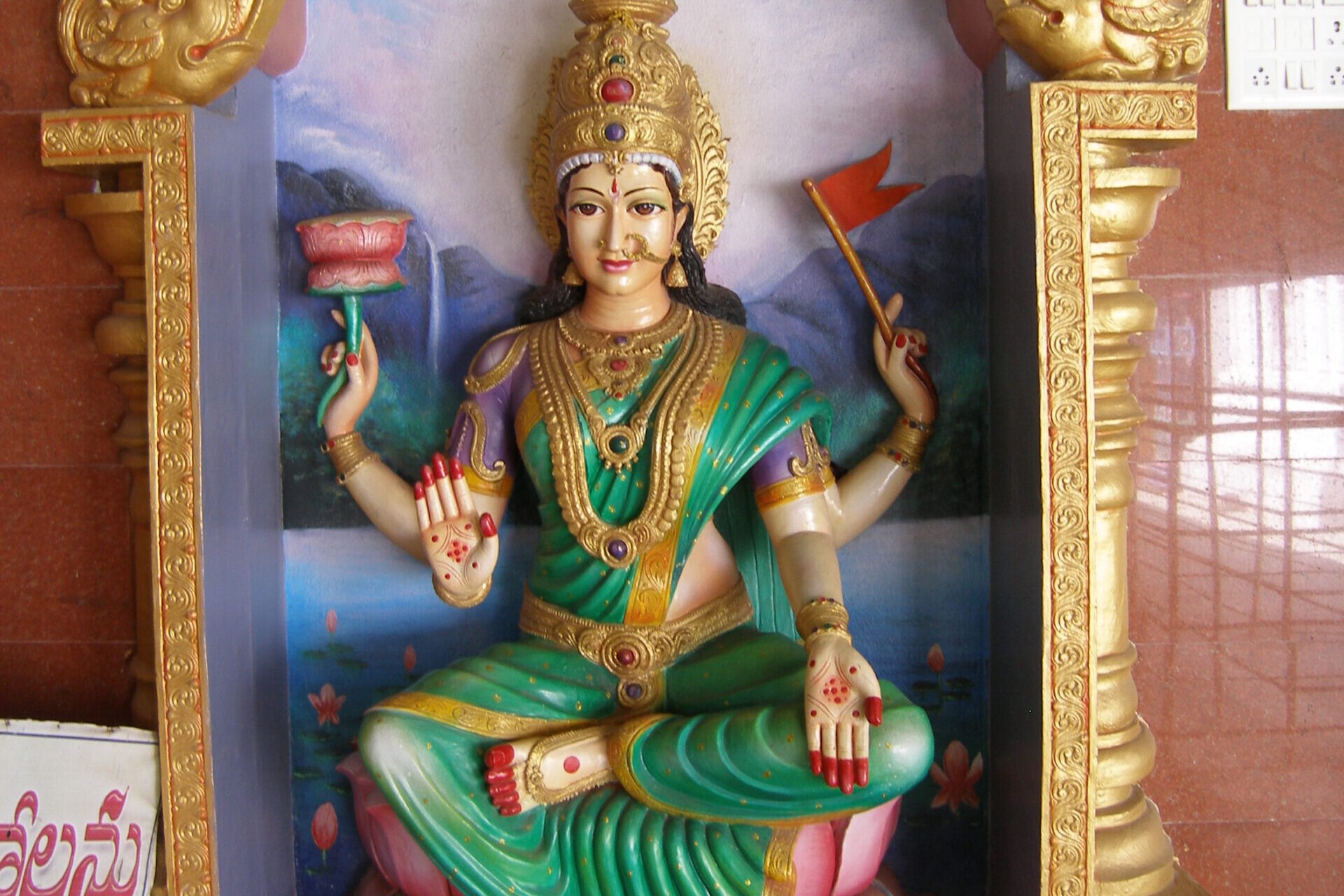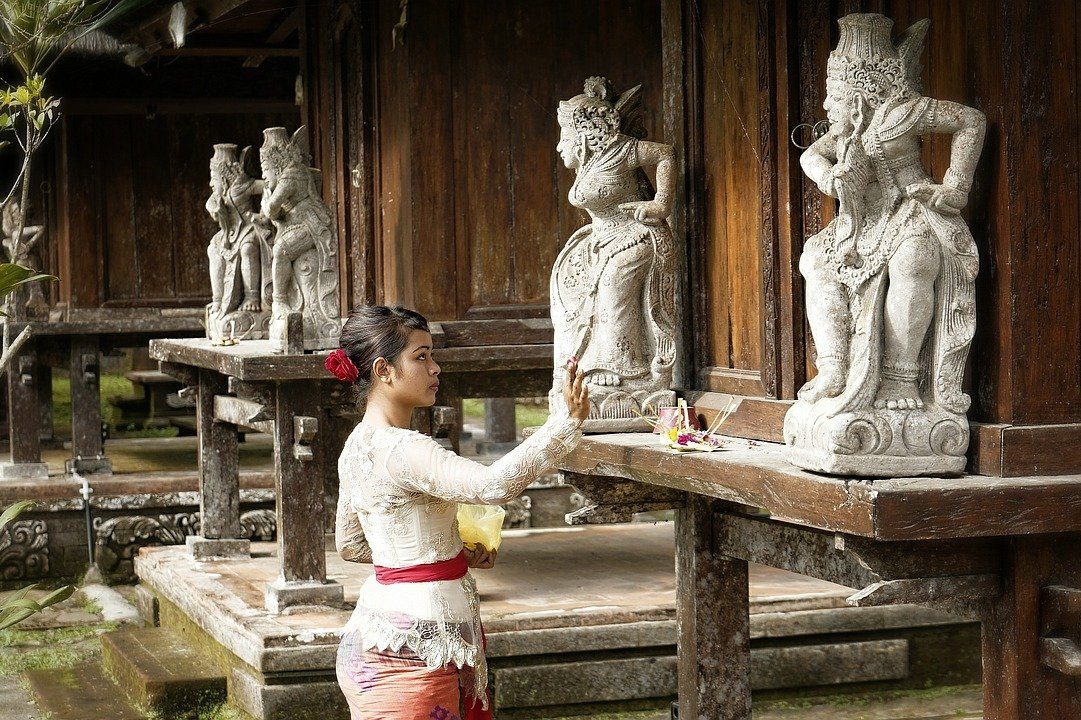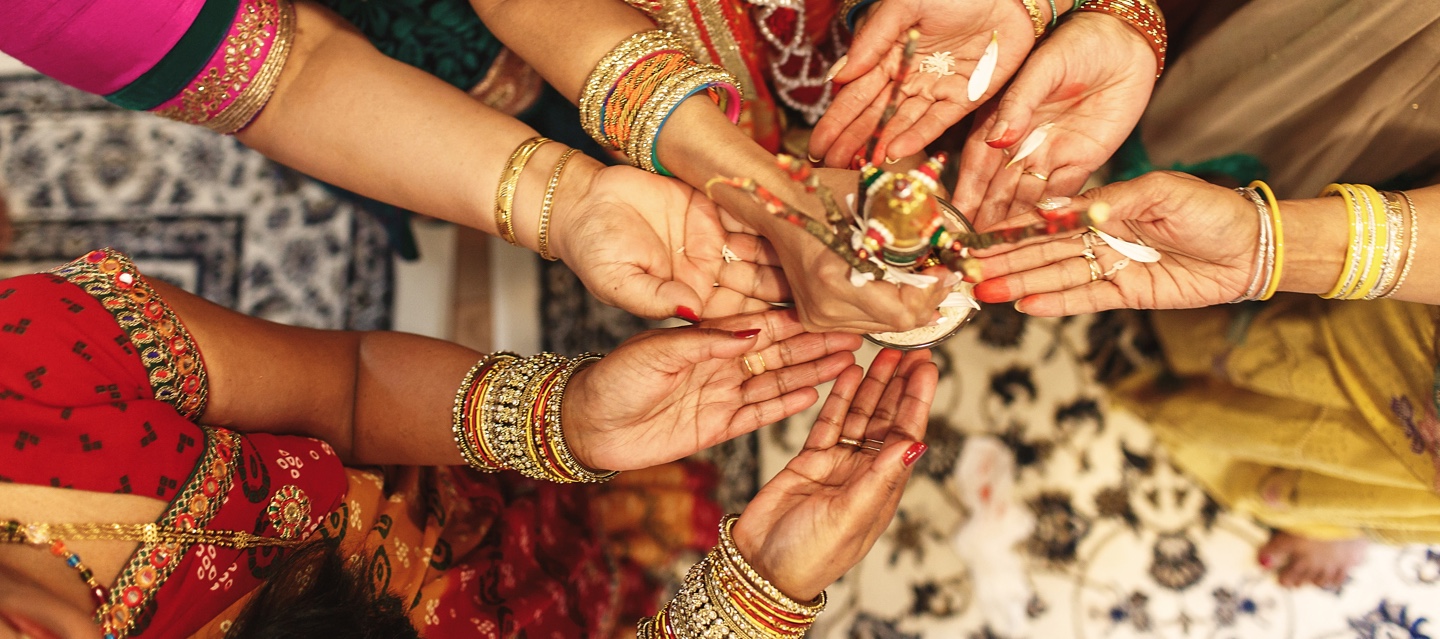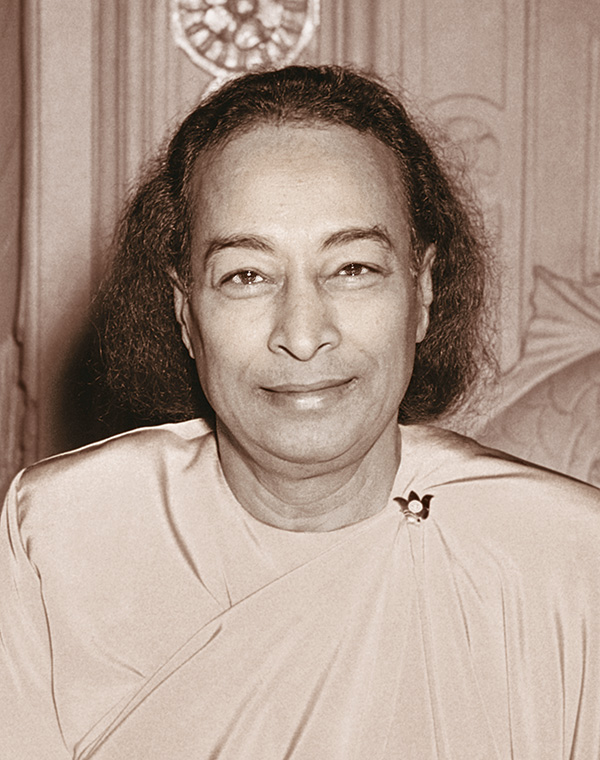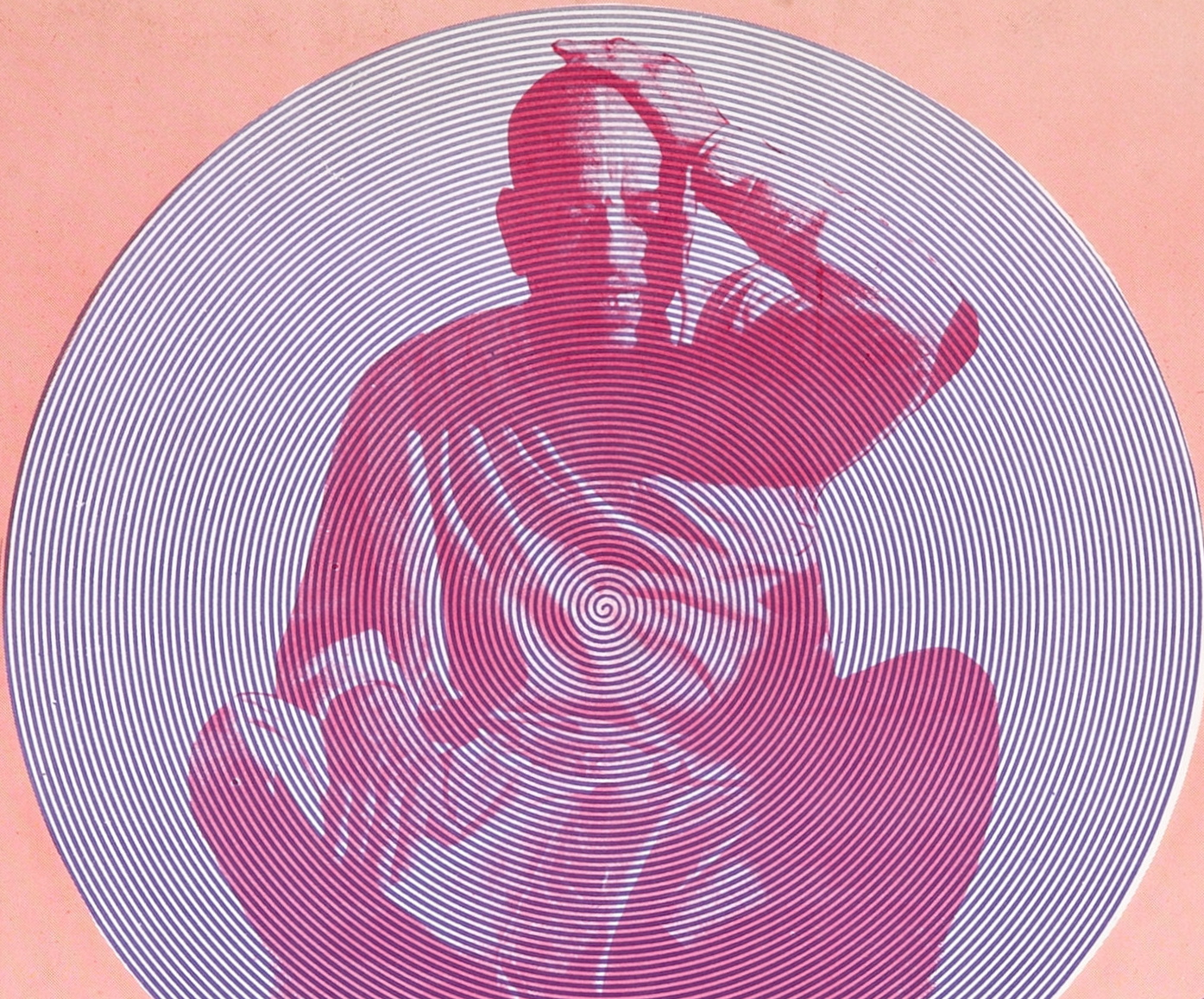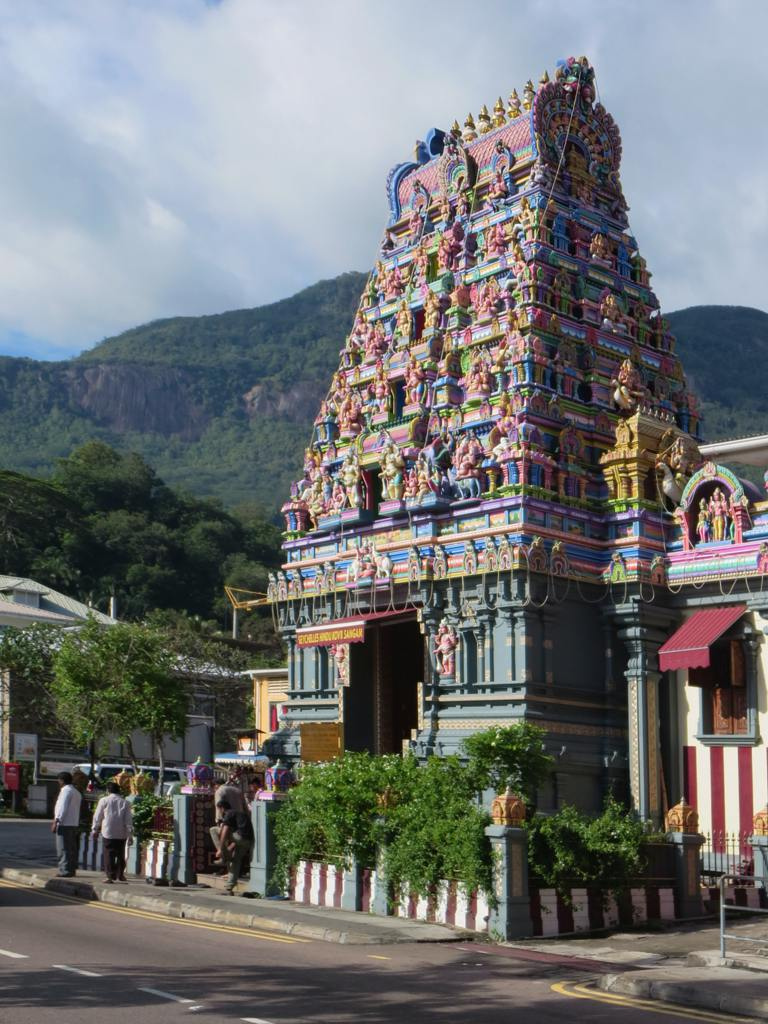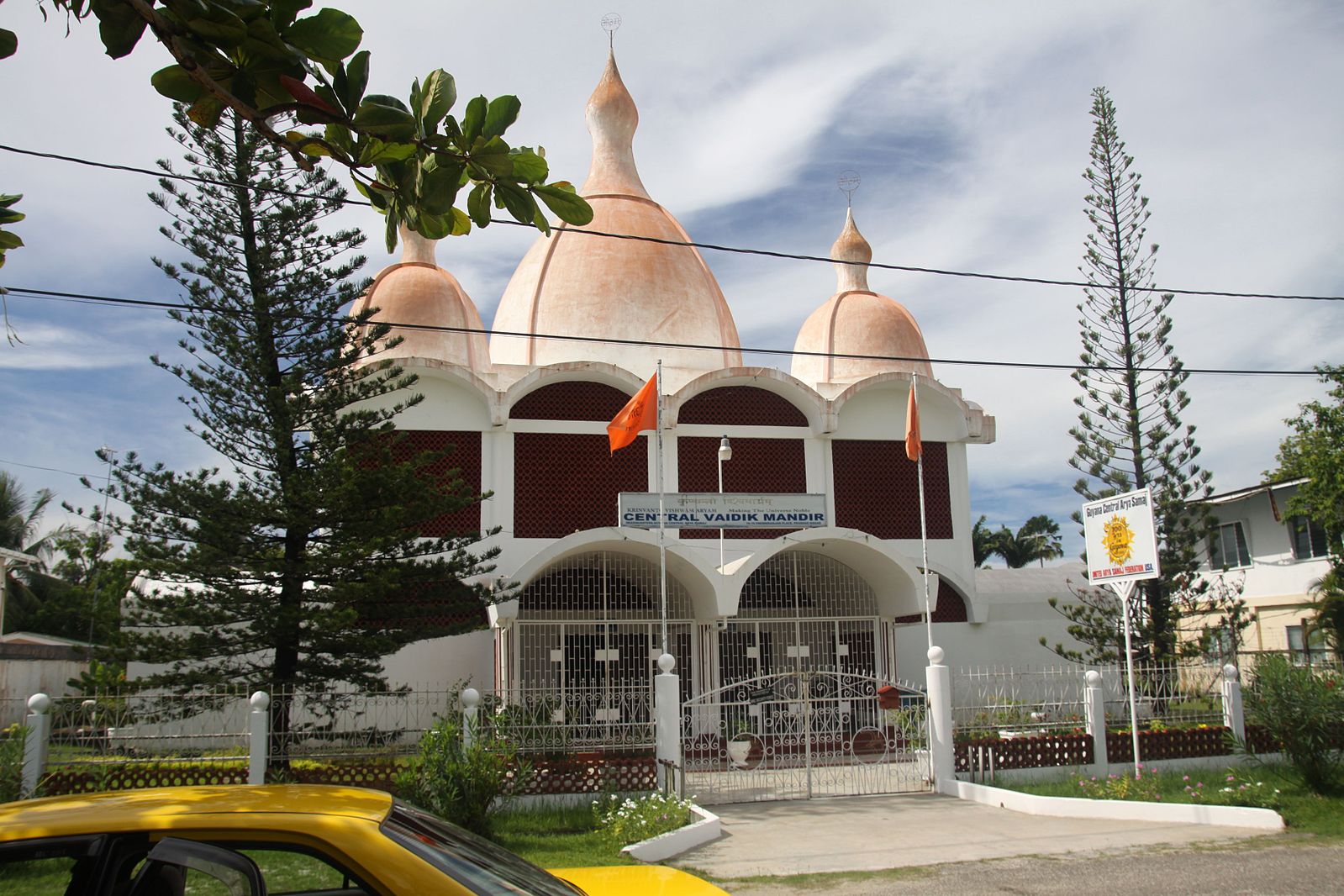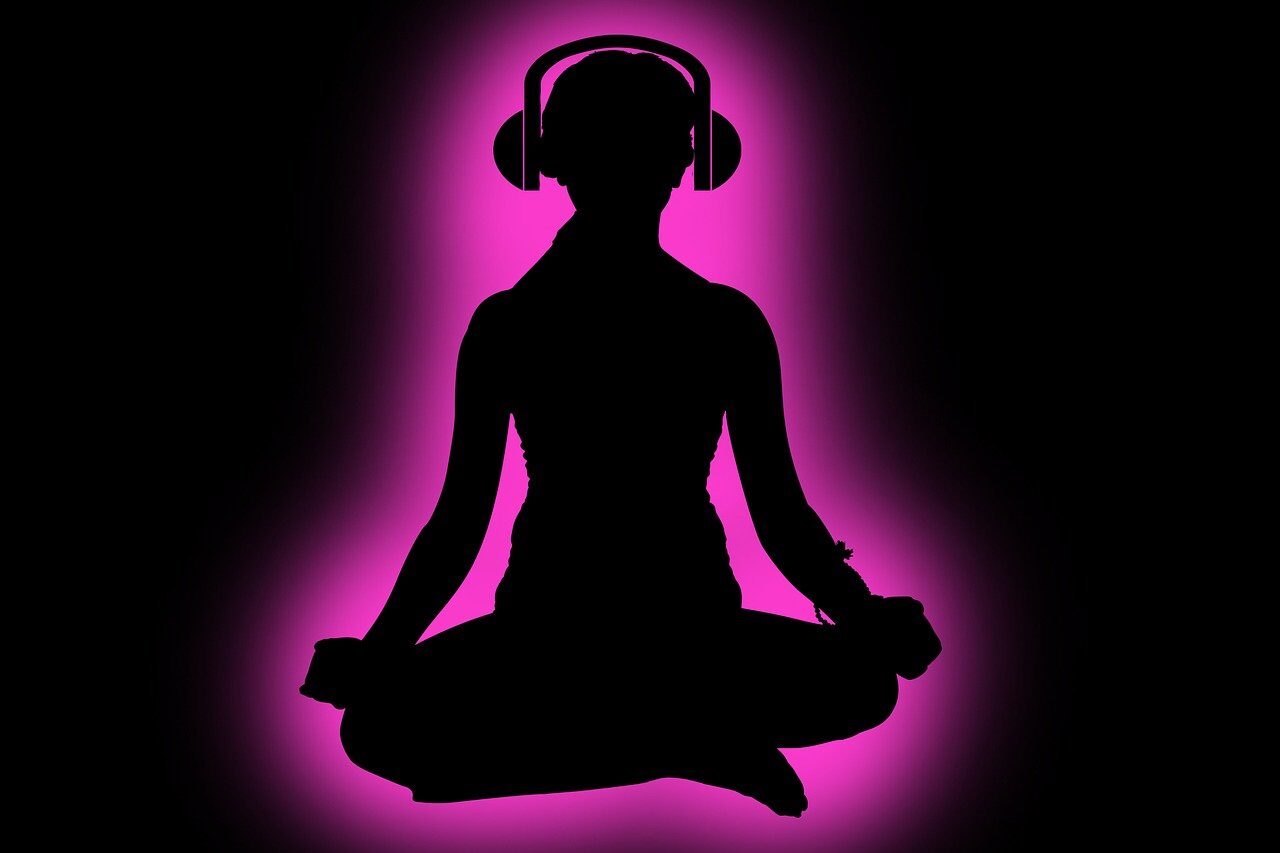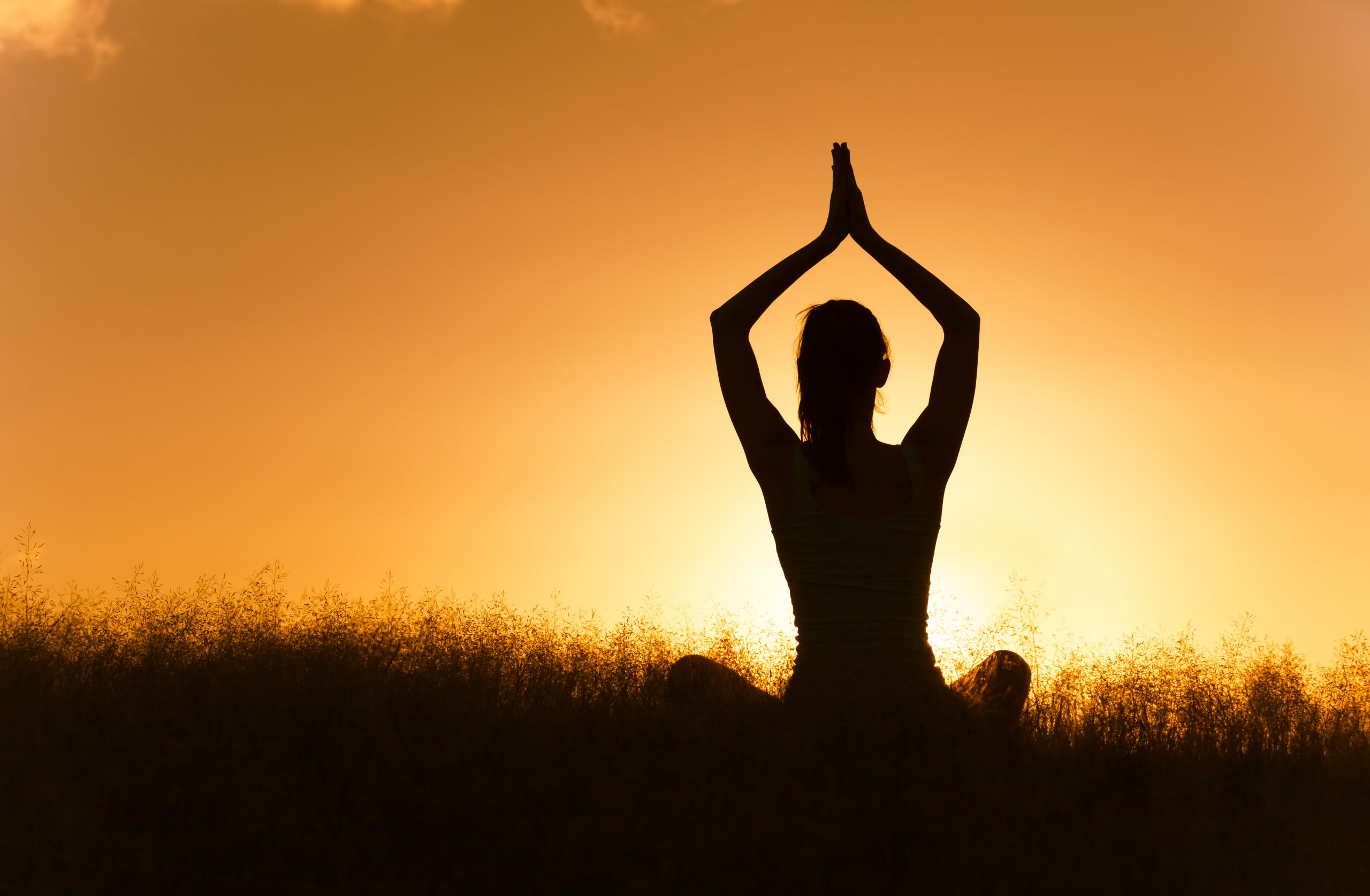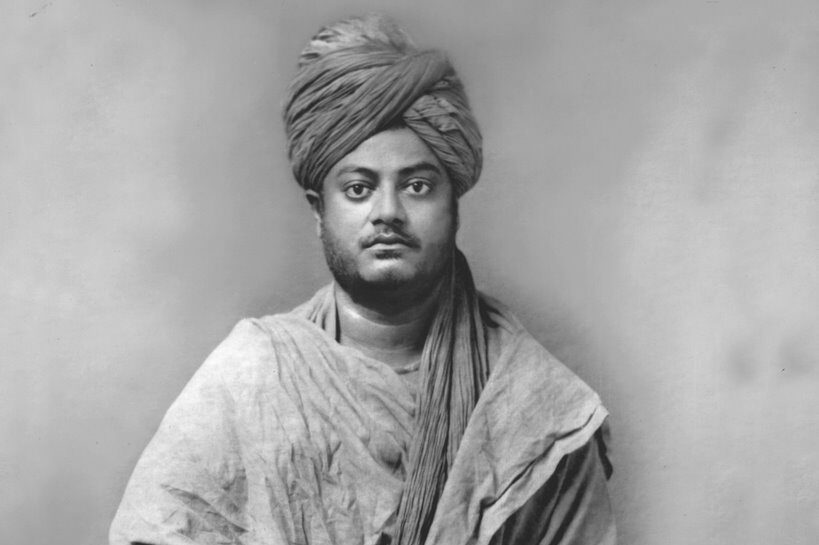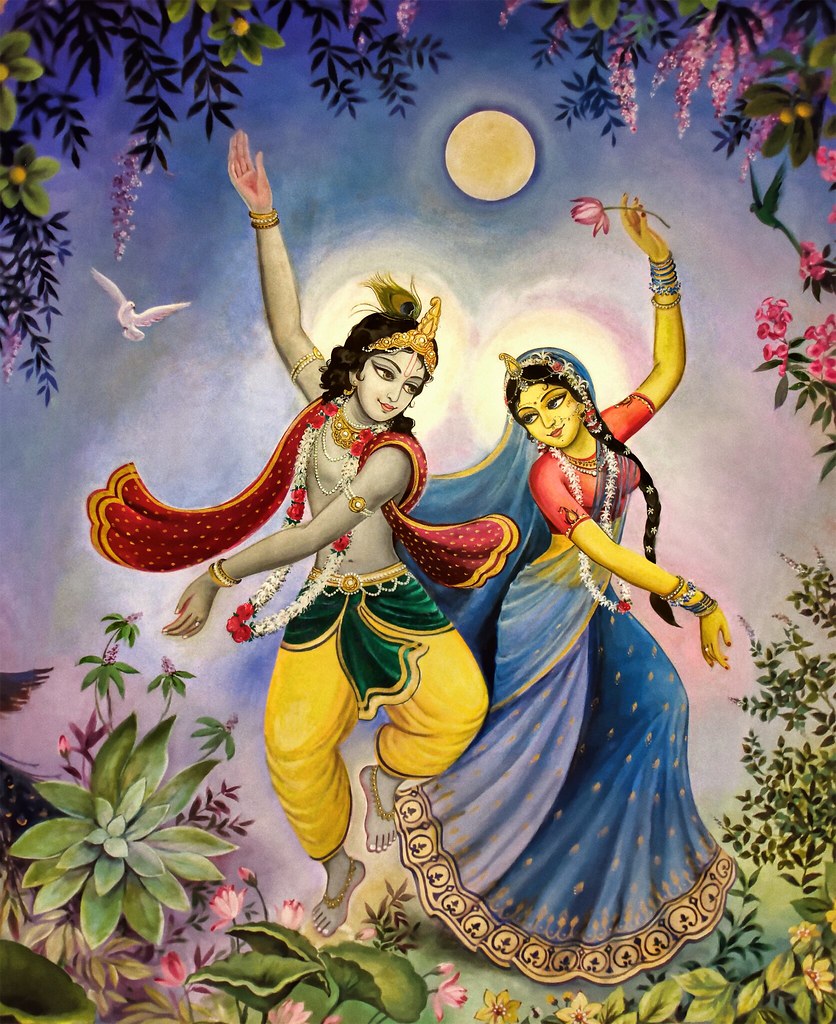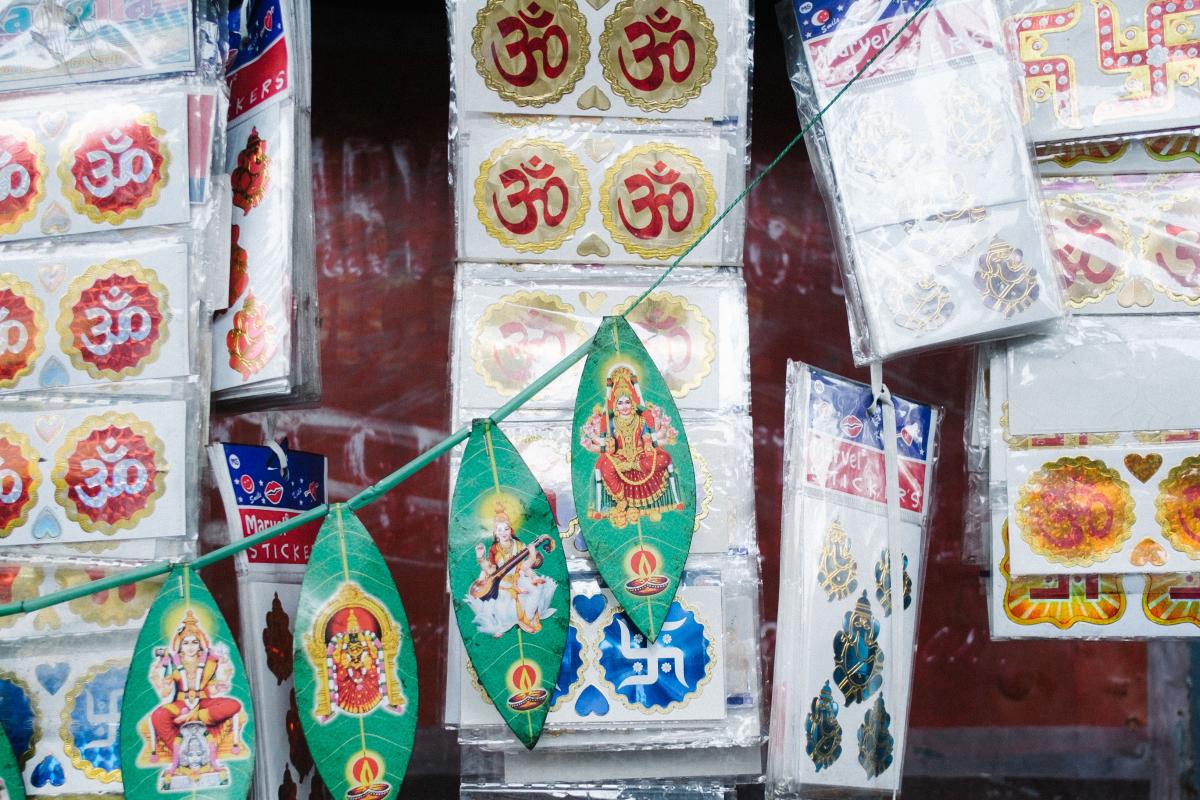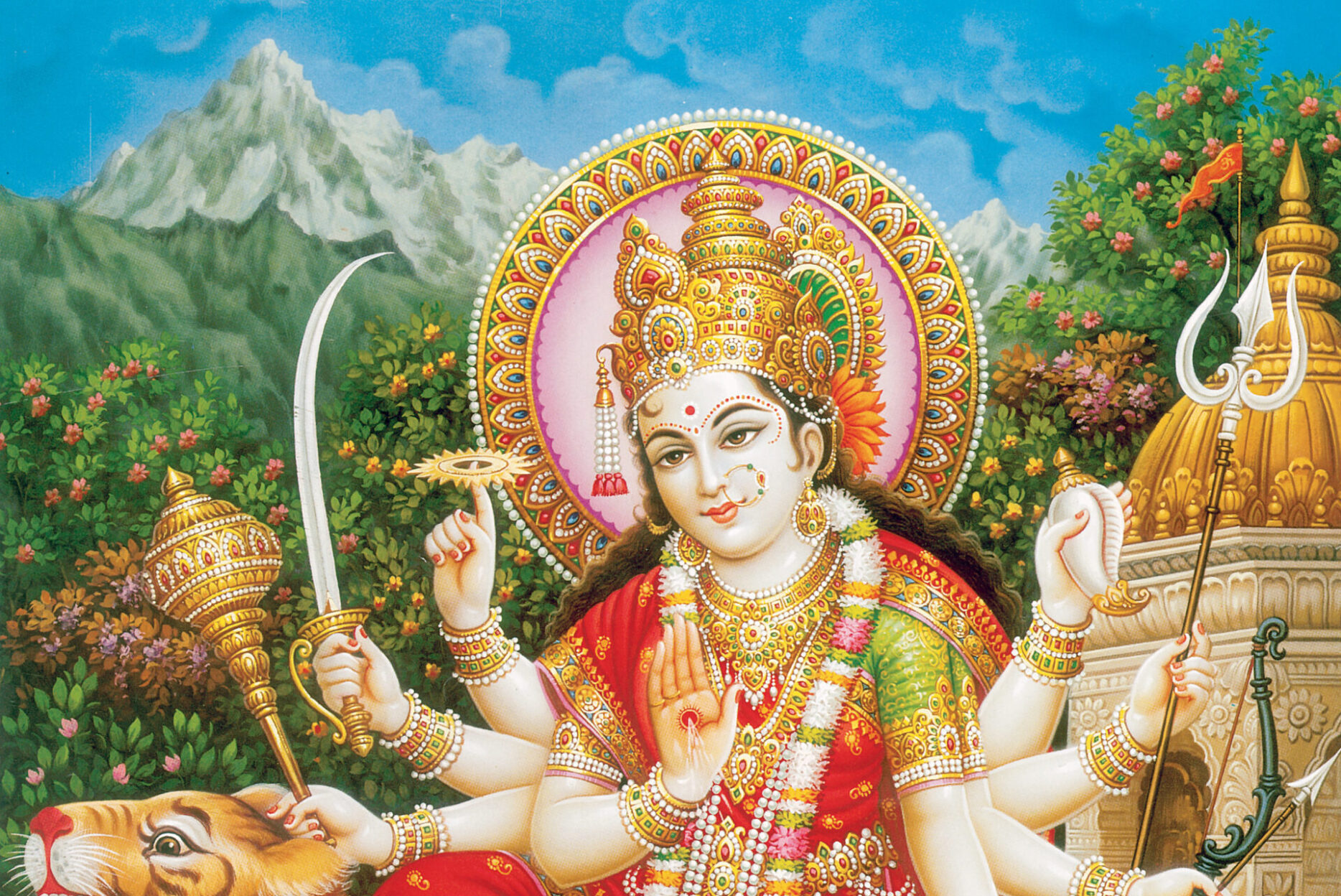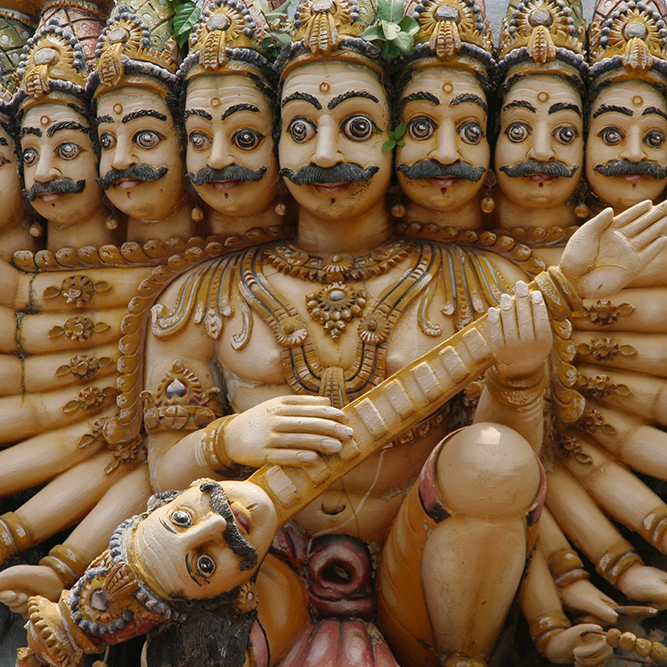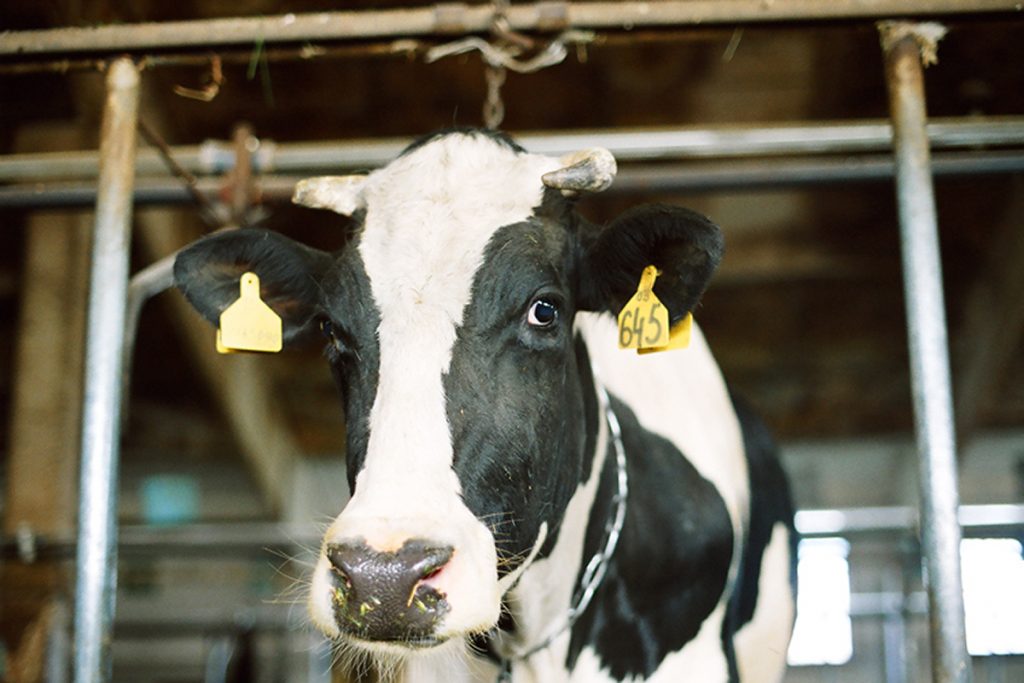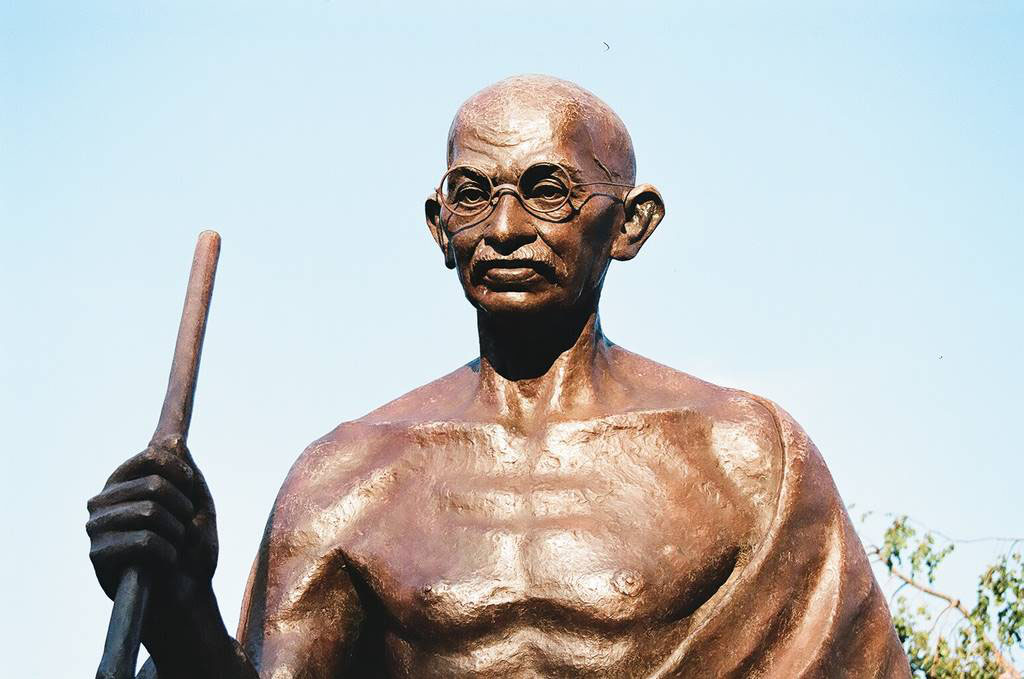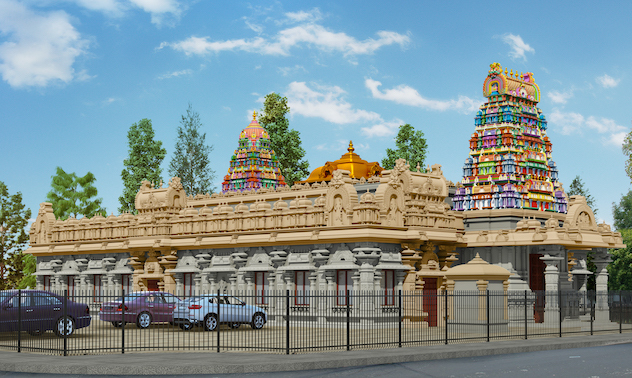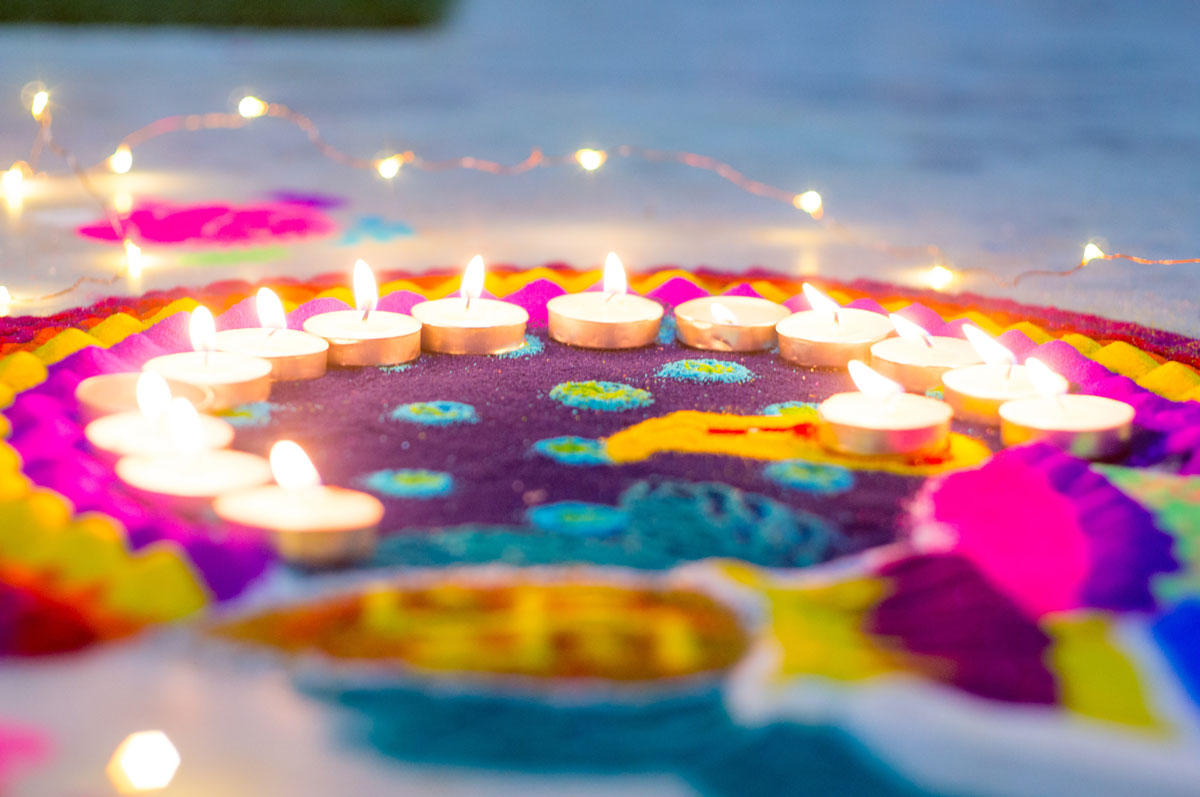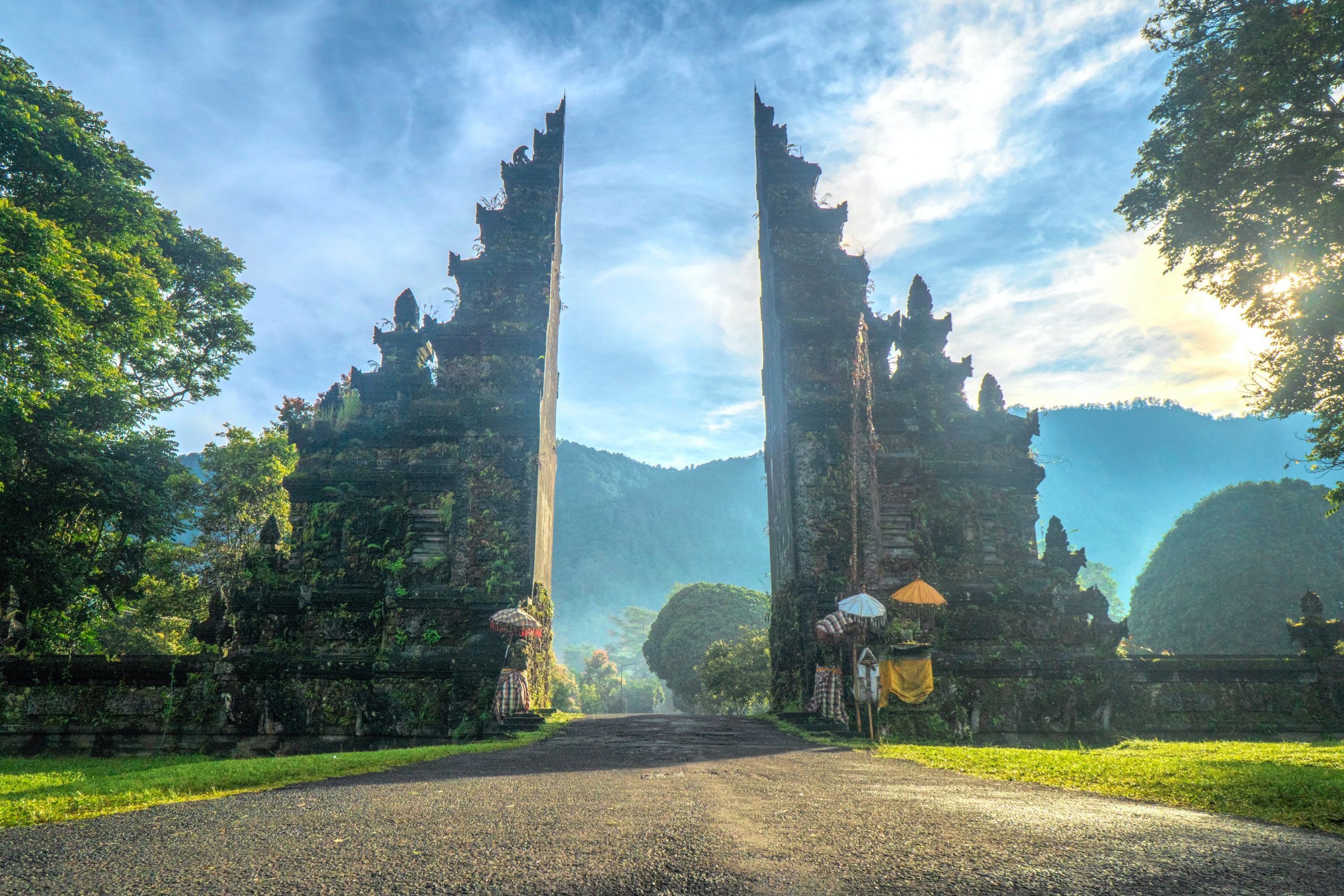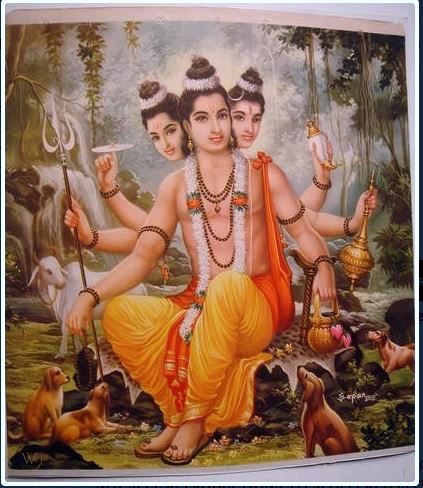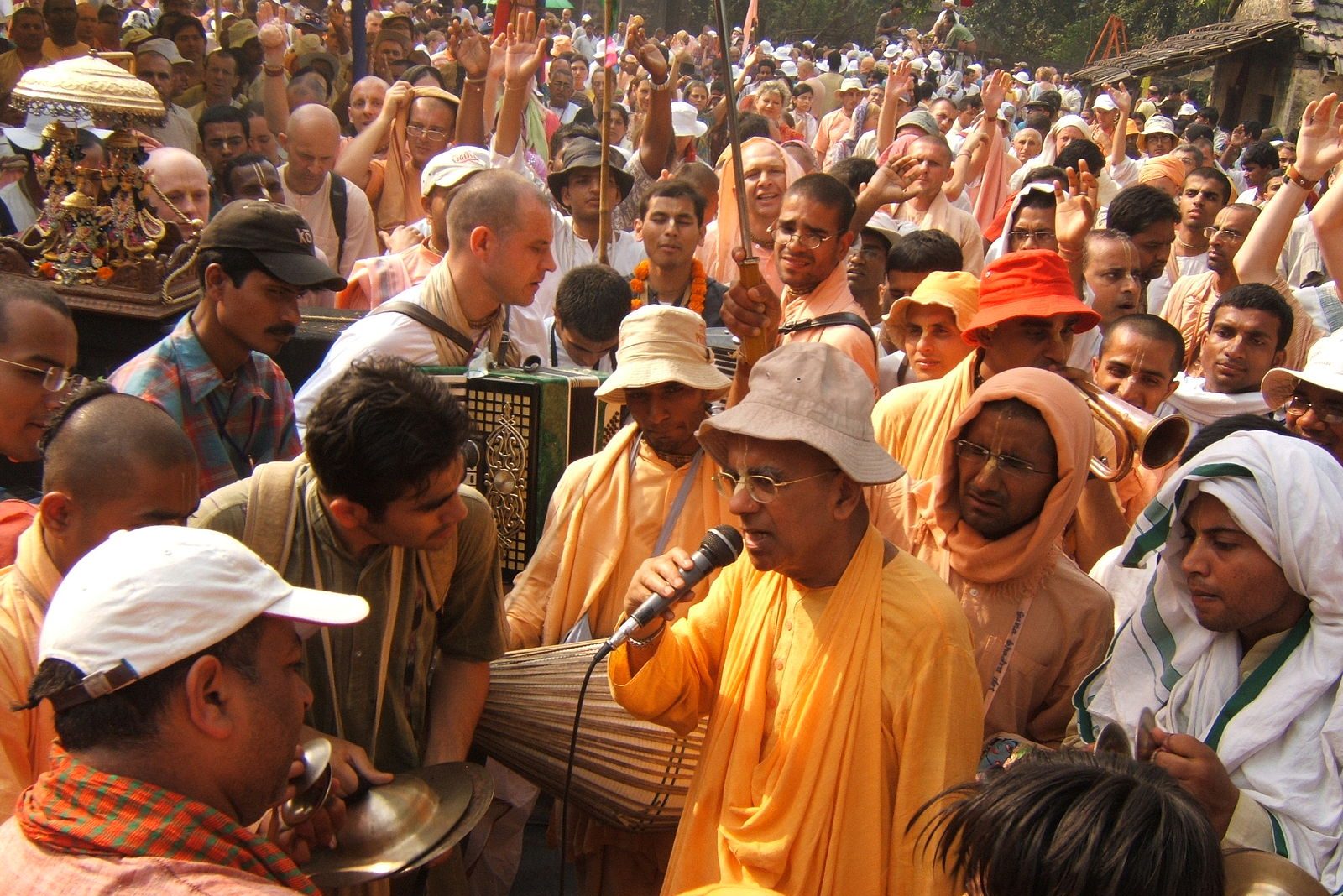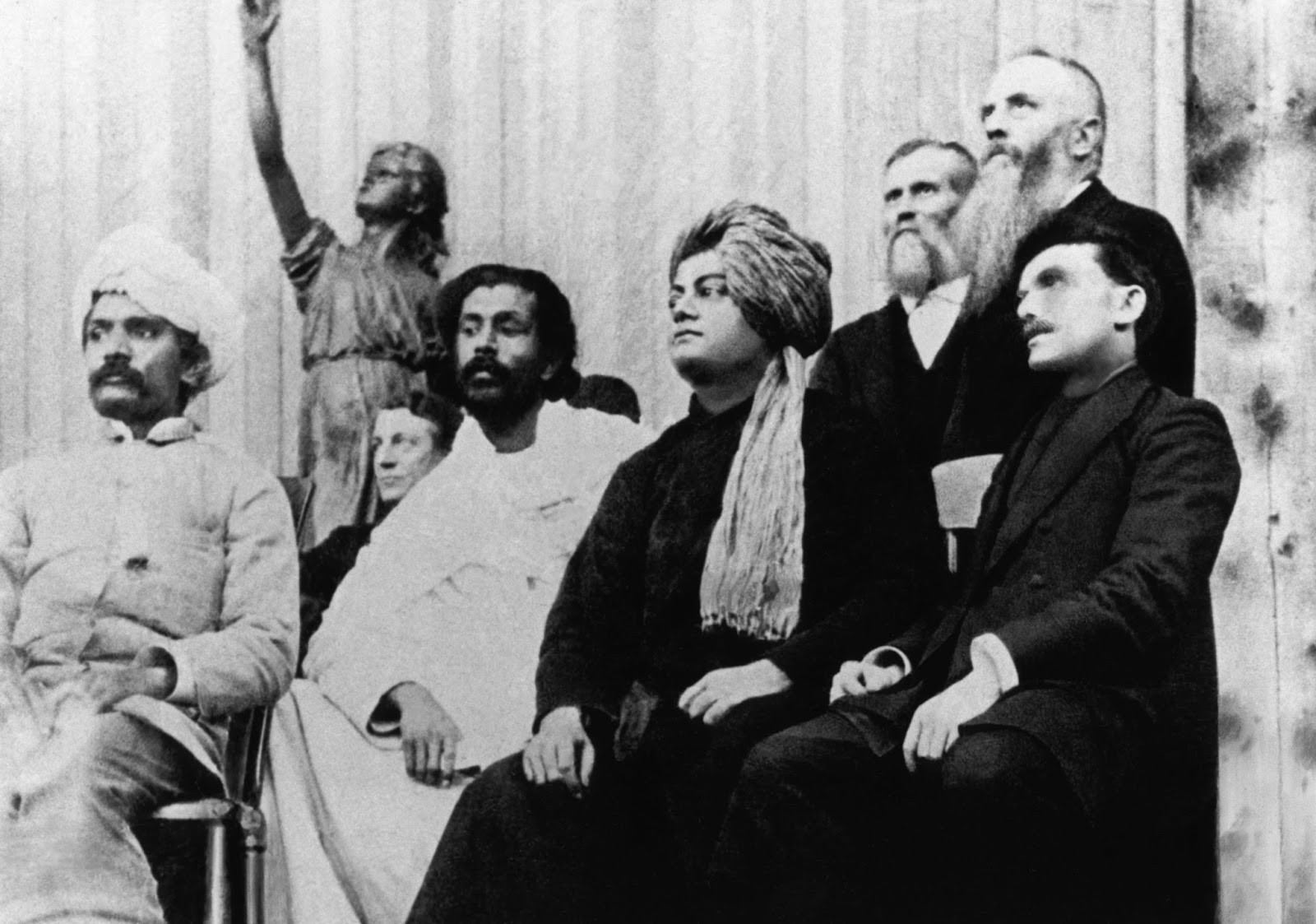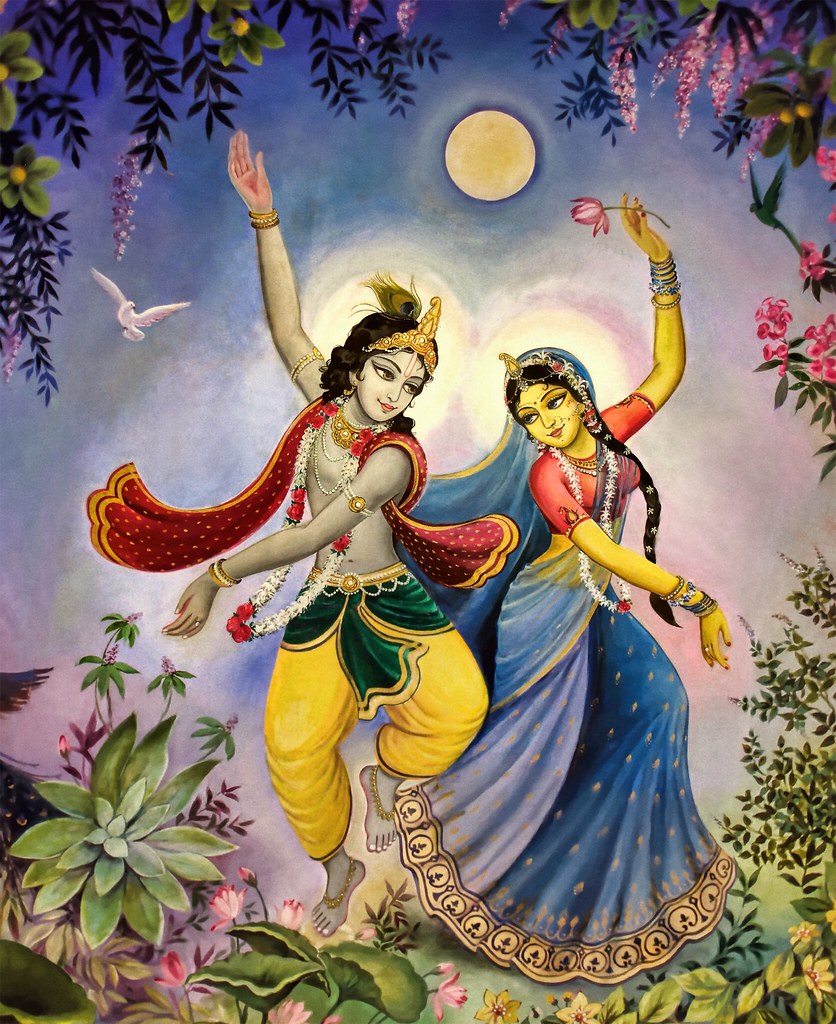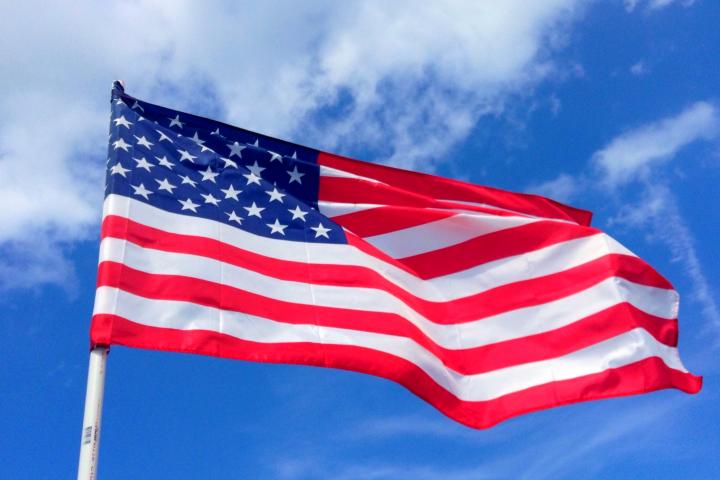
Recently the Carnegie Endowment for International Peace released an updated version of its Indian American Attitudes Survey, the previous version of which was released in 2021 (read my take on that version here).
Rewinding to the darkest days of the covid pandemic to refresh memories on what that older survey found, for the sake of comparison with the 2025 version and this commentary:
In 2021 Carnegie found that 50% of Indian Americans said they had experienced some form of social discrimination in the previous year. As what that bias was based upon, racism based on skin color was the most common (30%), gender and religion were the next highest sources, with 18% each. Country of origin falls just below that, at 16%. Discrimination based on caste was after that, to the point of being exceedingly rare though not non-existent. And, worth noting, that the report authors found it rightly perplexing that one-third of those people reporting caste-based discrimination said the person doing that discriminating was of non-Indian origin. Very strange as caste is entirely not identifiable by looking at someone. The report authors speculated that perhaps the person reporting this subset of caste discrimination was mistaking caste as the inciting factor in the bigotry when it was another category. No doubt cold comfort for someone on the pointy end of the bias stick, but mistaken identity when it comes to bias certainly happens. Also worth noting is that the report authors specifically stated that the most prominent other survey addressing caste discrimination in the US — by the anticaste activist group Equality Labs, which asserted that casteism is rampant in the country — was riddled with methodological flaws to the point of being unrepresentative of the true situation.
How then has the landscape of discrimination for Indian Americans changed in the past four years? Not much.
According to the latest results, 49% of Indian Americans report being discriminated against in the previous year, with skin color being the predominant reason (31%), followed by country of origin (20%), religion (19%), gender (15%), and caste (7%).
The percent for caste discrimination is up slightly from the previous version, where it was at 5%, which comes out to a low six-digit figure of incidents across the country, and should give us pause so that we can sort out what is actually going on. Coming out of that pause I think the most appropriate response is that more detailed questions asking about the nature of the discrimination, who is experiencing it and who is doing it, are needed. Are all of those people of so-called low caste experiencing discrimination only from so-called upper caste? Or are the examples of discrimination flowing in multiple directions across the purported hierarchy of caste. Certainly some of the statements from anticaste activists about brahmins and other varna can objectively be called bigotry. Unless you believe in the nonsense that bigotry can only flow in a single direction.
What is entirely new in the latest Carnegie survey is asking Indian Americans their views on the need for specific new laws prohibiting caste discrimination. Per the survey, an overwhelming majority of respondents say yes, new legislation is needed.
It’s a worthwhile question to ask, as in the intervening years since the first survey there was a flurry of legislations and lawsuits pushing in this direction — with perhaps the most prominent of them, California’s SB 403, ultimately failing on the grounds that Governor Newsom deemed that alleged incidents were best handled under existing protected categories.
However, that survey result for me actually opens the door to several other questions that Carnegie fails to ask, and that would actual give useful detail. As it stands the results answer virtually nothing useful. Those activist groups touting the result of vindication of their position are blowing hot air.
The foremost thing I want to know is how many of the respondents are aware of the fact that, in California at least, caste discrimination incidents will be covered under existing categories? As in, caste discrimination is already prohibited. And then, knowing that, do they still favor new specific legislation?
Pressing more, for those people still believing a new category of caste is needed, are they aware of the legal argument that as caste is not something every person has or is capable of having — unlike every other protected category under US law — adding caste would break with the core legal precedent? And then, hearing that argument, do they still favor new legislation?
It would also be interesting to present the statistical prevalence of reported caste discrimination to respondents and ask if knowing this changes their response.
Ultimately these follow up questions would give us actionable insight into how Indian Americans believe the allegations of those 7% of the community reporting caste discrimination should be handled. (To be clear, its the how they should be handled, not whether they should be handled, that has always been at the core of the public and acrimonious arguments around this issue. Don’t let the Critical Caste Theory brigade lead you astray into thinking otherwise.)
As the Carnegie survey now stands, on caste discrimination and its potential solutions the whole thing falls into the “more and better research is needed” category.



